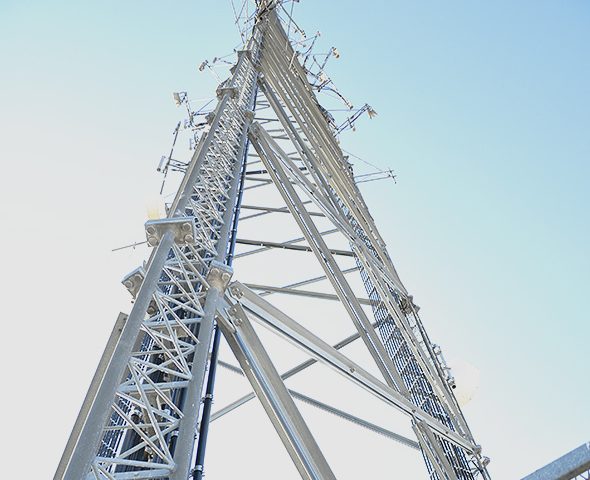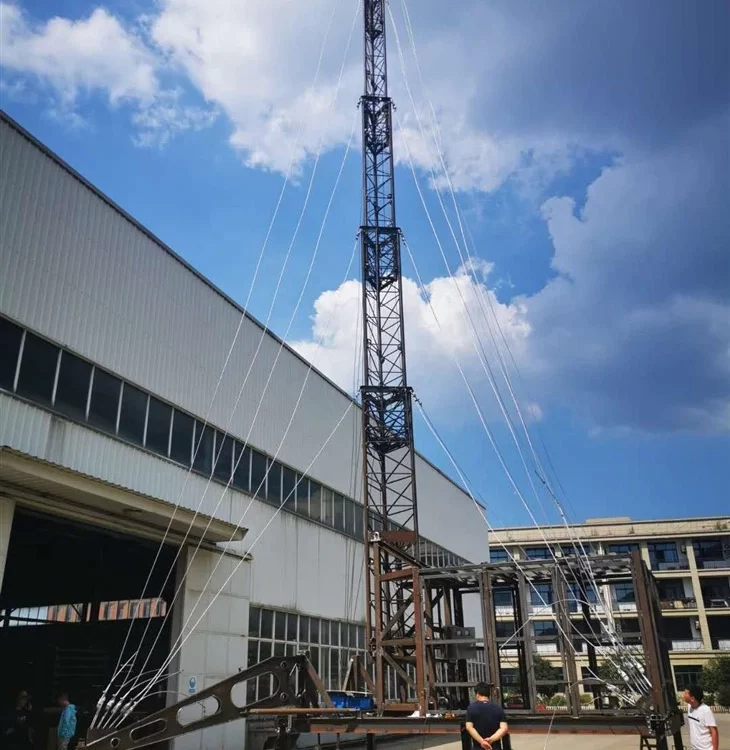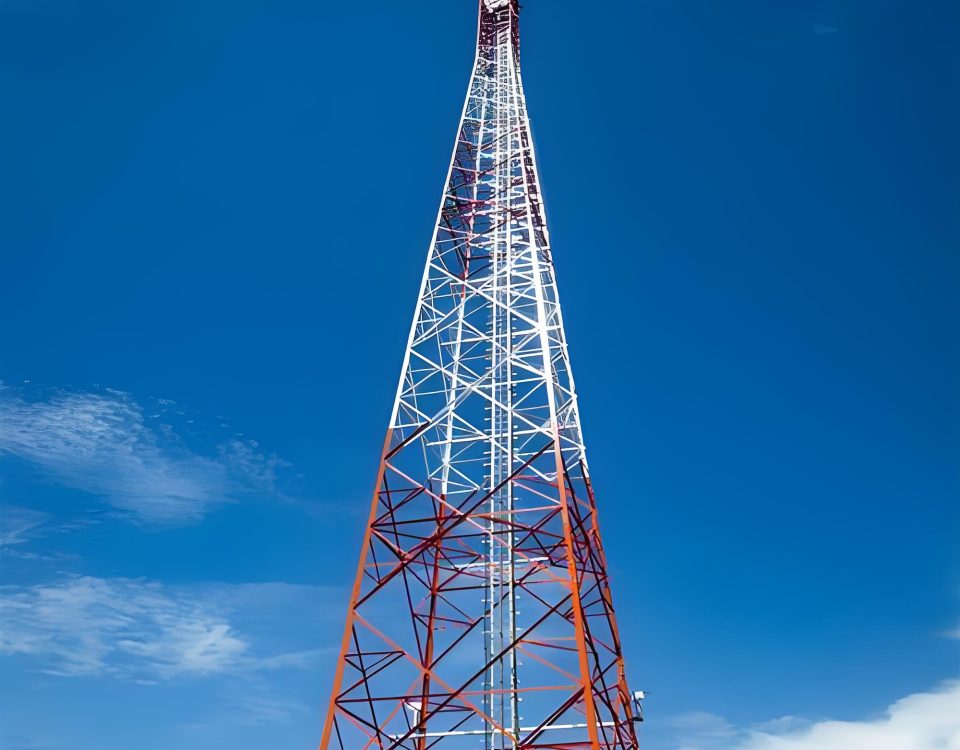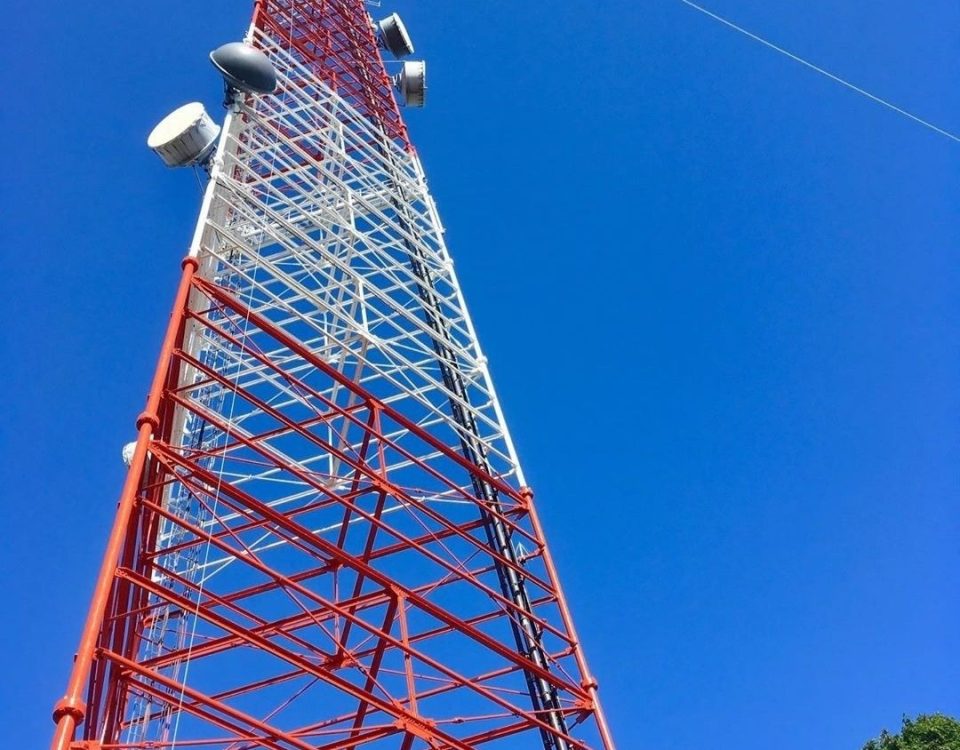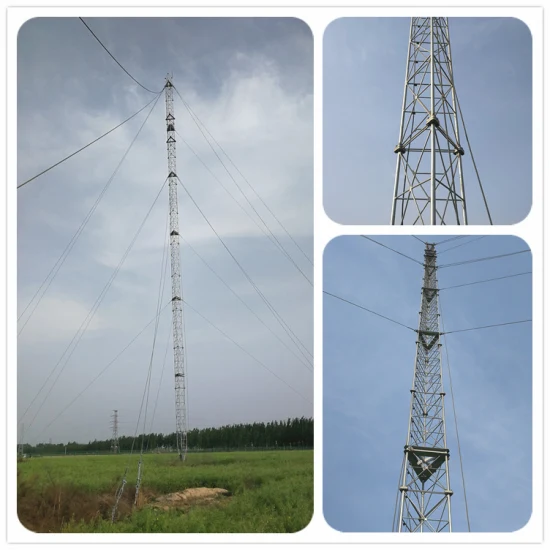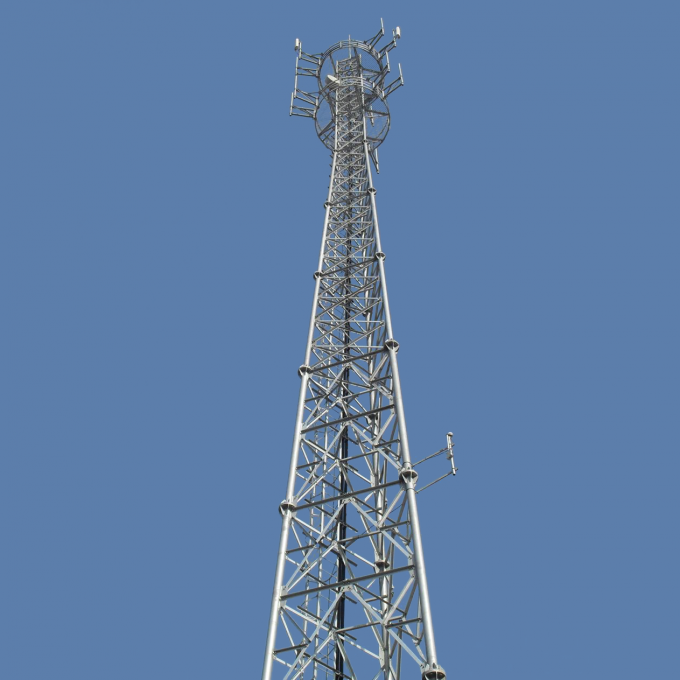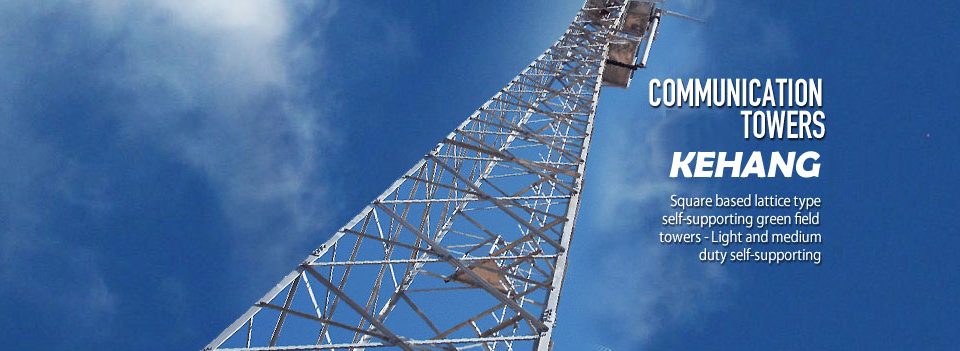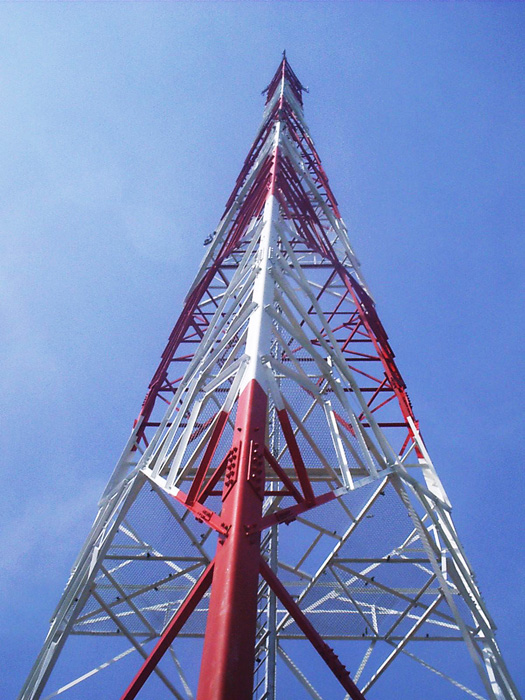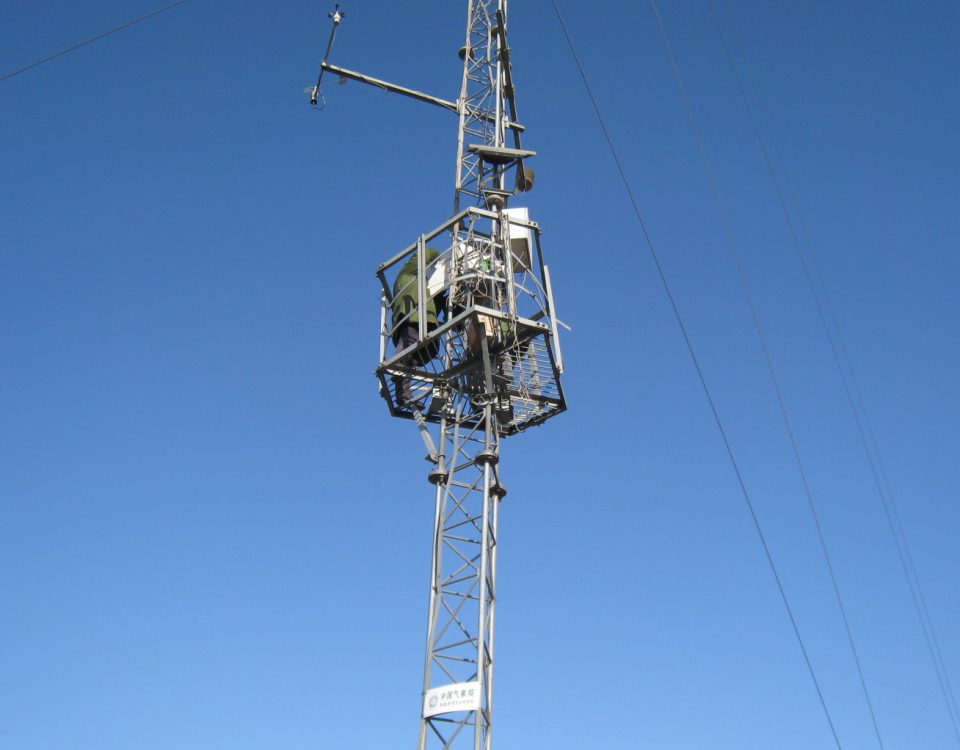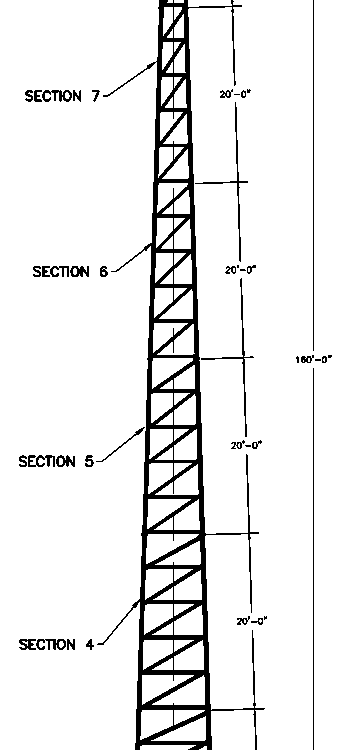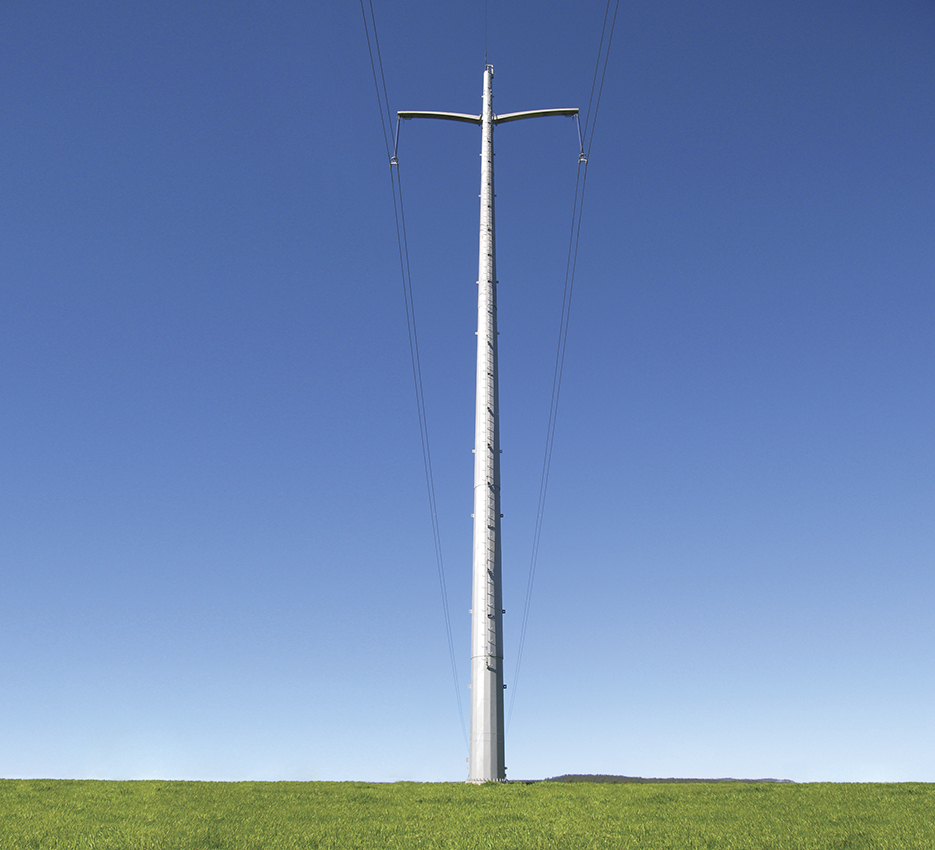
Steel Pole,Telescopic Pole,Steel Transmission Pole
December 1, 2018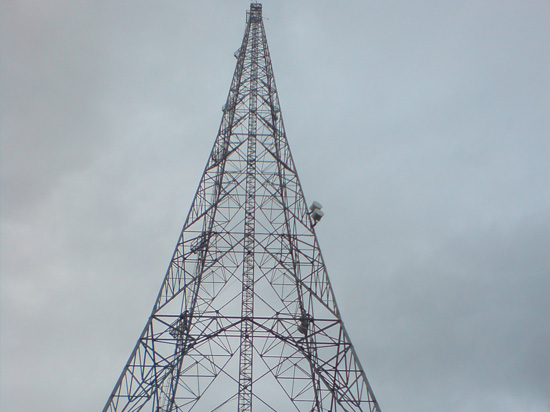
Radio broadcasting TV Steel Towers,signal monopole transmission towers
December 7, 2018comparison of Self Supporting Tower to Guyed Mast Tower
Guyed Towers are lightweight to heavyweight towers supported by guy wires and are designed with the ability to carry light to heavy antenna loads. The tower industry prefers these types of towers because they are designed to provide maximum strength, efficiency, versatility and ease of installation.
All designs are according to CSA-S37 or EIA/TIA-222 specifications. Other specifications will be met upon request.
For many years both guyed masts and self-supporting towers have been used for supporting antennas for mobile communications etc. The choice between guyed masts and self-supporting towers has often been determined by the tradition.Guyed Towers are typically used in cellular, two way, wireless internet, broadcast, homeland security and other wireless applications. Guyed towers are typically less expensive to purchase, transport, and install. Tower Direct offers new, new-surplus, and used guyed towers. Guyed Towers are designed for Cellular, Microwave, point-to-point and broadband communication.
However, guyed masts are clearly superior in the country side, whereas the self-supporting towers are more likely to be chosen in the urban areas. From a production point of view guyed masts should be chosen rather than self-supporting towers, since the number of different elements are significantly reduced, which leads to easier production and logistics. Looking at the few disadvantages of guyed masts the size of the site area is one of them, since a significant larger site area is needed for guyed masts than for self-supporting towers.
The guyed masts is composed of a tower head, a column and a pull line. The tower head and the column are generally composed of a space truss composed of angle iron. They have good overall stability and can withstand large axial pressure. The wire is generally made of high-strength steel strand and can withstand a large pulling force. The cable tower can make full use of the strength characteristics of the material and reduce the consumption of the material. However, the cable has a large area, which is not conducive to farmland farming, so it is also used less.
In terms of shape, the cable tower can be divided into an “upper” type in which the wires are arranged in a triangle shape, a cat head type, a door type in which the wires are horizontally arranged, a V-shaped wire, and the like, and a longitudinally self-supporting inner wire type door tower.
Another of the few disadvantages with guyed masts has been the foundation. This is due to the number of foundations for the guy ropes as well as for the mast base, where solutions often have been chosen with a short lifetime. However, the development of prefabricated foundations has provided an opportunity of having cost-effective foundations also in terms of shorter erection time. This paper gives an overview of the advantages and disadvantages of guyed mast versus self-supporting towers, including the erection time and maintenance costs of both structures.
The economical aspect is discussed as well, taking the costs of the production, foundation works and the erection of the structures into considerations. Furthermore an example from Sweden provides the opportunity for a direct comparison of the economics based on experiences from two different series of guyed masts and self-supporting towers, which were designed on the same design basis, though with slightly different height ranges.
The terms “mast” and “tower” are often used interchangeably. However, in structural engineering terms, a tower is a self-supporting or cantilevered structure, while a mast is held up by stays or guys. Broadcast engineers in the UK use the same terminology. A mast is a ground-based or rooftop structure that supports antennas at a height where they can satisfactorily send or receive radio waves. Typical masts are of steel lattice or tubular steel construction. Masts themselves play no part in the transmission of mobile telecommunications. Masts (to use the civil engineering terminology) tend to be cheaper to build but require an extended area surrounding them to accommodate the guy wires. Towers are more commonly used in cities where land is in short supply.

